Sena TALKIE Outdoor Communication System Review
The Sena TALKIE is a novel approach to outdoor communication. Over the past few years, I’ve been using a BCA Link 2.0 and now the BCA Link Mini, both of which are FRS band “walkie talkies” that use a standard “push to talk” button for trouble-free communication between me and my ski partners.
In the backcountry, sharing information between partners is crucial. After a ski run, you can let them know about terrain, conditions, or any other relevant beta before they start their own run. These traditional radios, which transmit when you push the button, tend to keep conversations short and sweet, or as we say in radio lingo, “clear and concise.” The battery life is excellent, and the range is sufficient, so there’s no real reason to change our communication methods in the outdoors.
Sena Mesh Intercom
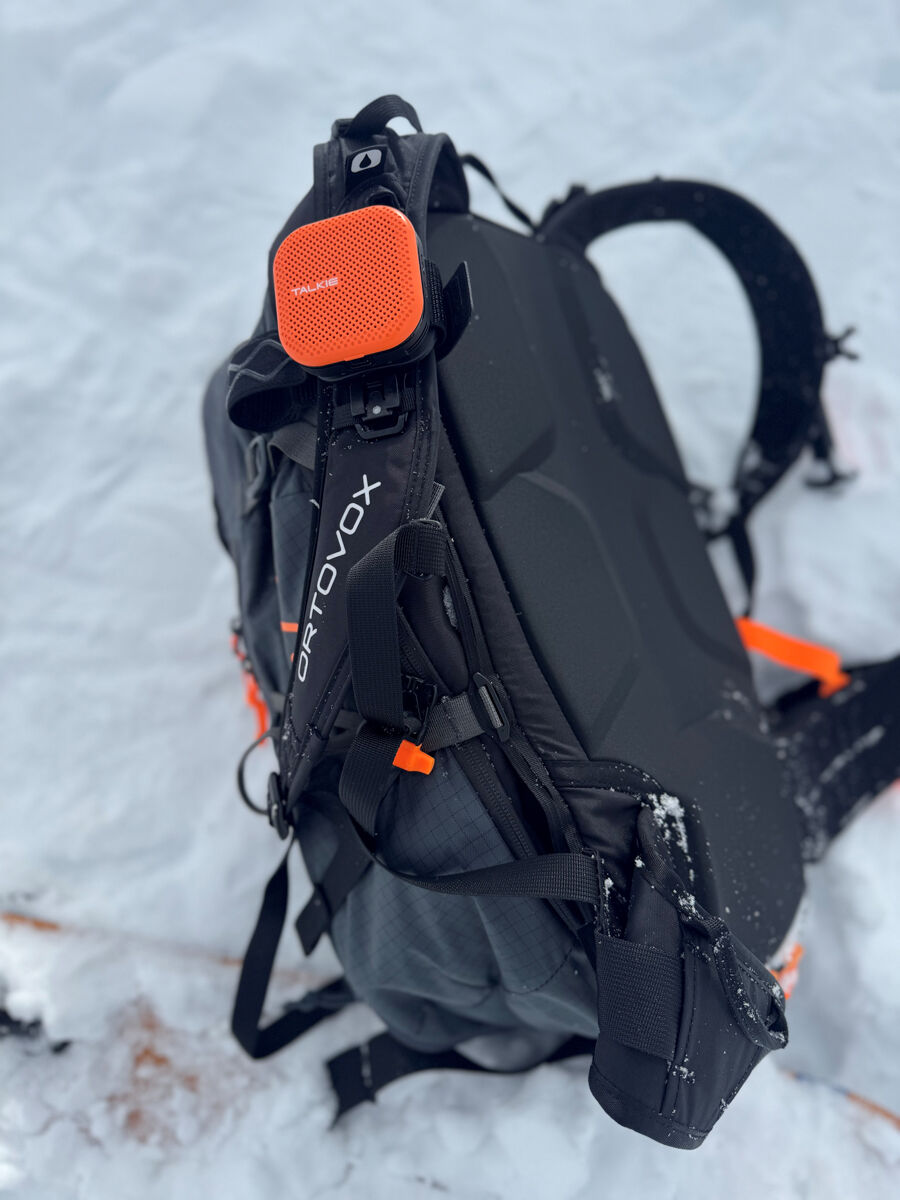
Now, let’s talk about the Sena TALKIE. It uses “mesh intercom” technology, which means it doesn’t have a standard “push to talk” button. Instead, it’s always transmitting. This constant transmission is an interesting concept for me. I’m used to the protocol of pushing a button to talk when I have clear and concise information to share with a ski partner.
However, always being “on-air” feels different. It’s like broadcasting everything as it happens, rather than delivering a premeditated message with just the information you need to pass on.
Backcountry Ready
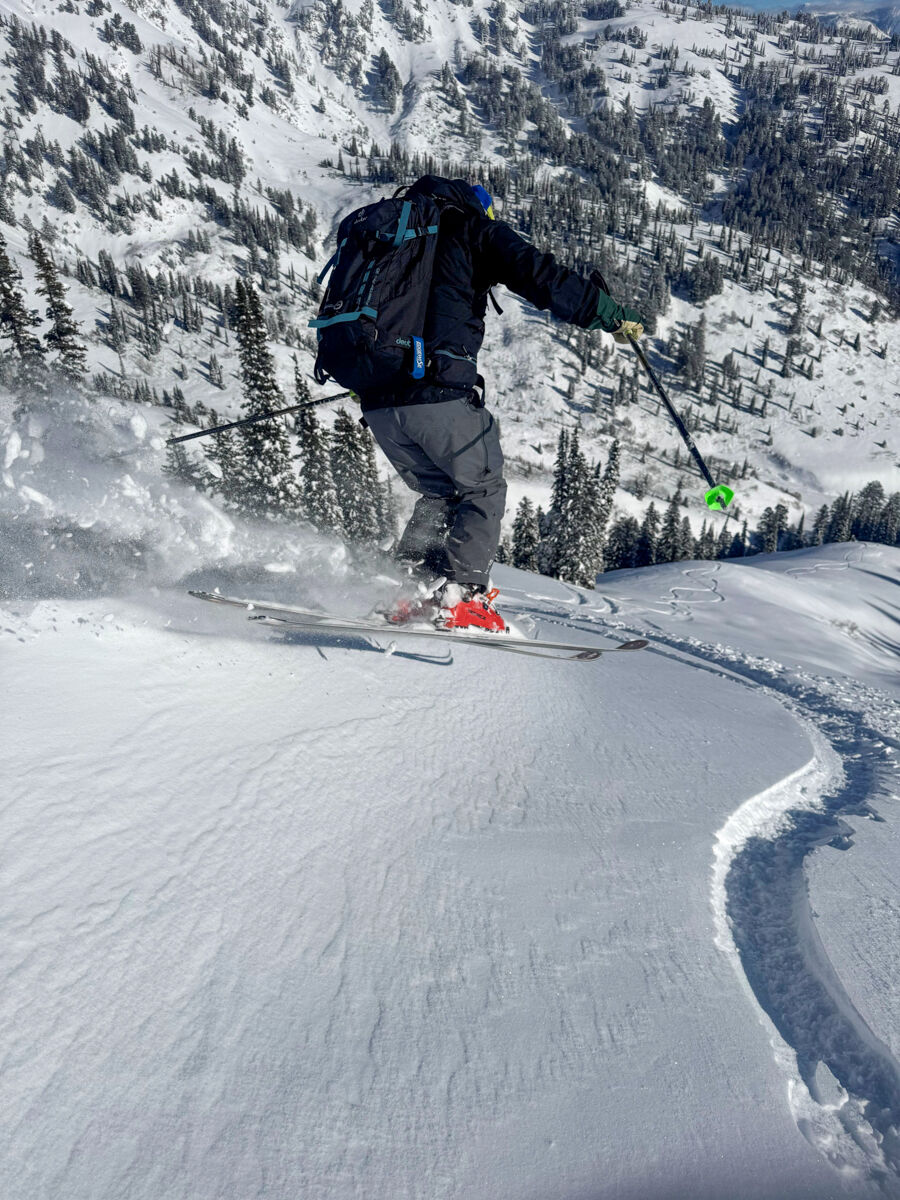
In the backcountry, this electric transmission can be distracting for several reasons. On the way up the skin track, I’m usually within a short distance of my ski partners, so conversations without technology aren’t an issue but when the TALKIE is powered on and you are in close proximity to your partner there is a bit of an echo effect. However, on the way down, the 0.4-mile range isn’t enough even in open terrain to have clear dialogues. When either my ski partners or I try to talk, it comes in as garbled and inaudible, disrupting our flow.
I also found that wind noise is transmitted quite loudly. Now, let me clarify that this scenario is purely in a traditional backcountry skiing setting, where I usually use a radio. In this scenario, we ascended as a group within talking distance and then descended one at a time. The next day, I headed out to Jackson Hole Mountain Resort with my six-year-old son, who was excited to try out the TALKIE.
Sena Tech Leaders in the Outdoors
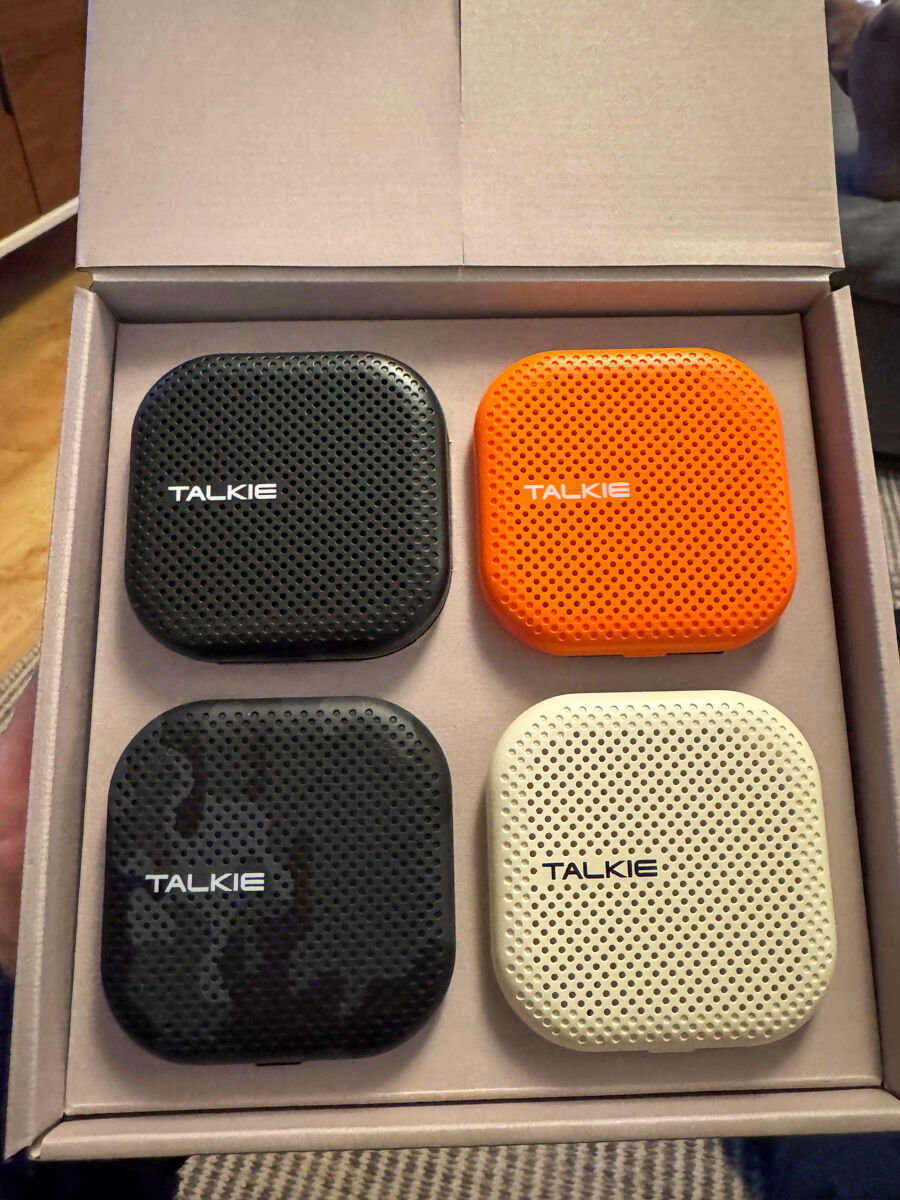
Within the first run, we discovered the true potential of this new Sena technology. Without the need to push buttons, we could ski and chat simultaneously. This allowed me to scout lines in real time for my son instead of having to stop, push a button, and then talk.
Another advantage I soon realized was that we no longer had to regroup to discuss our next ski destination. Instead, we naturally talked while skiing and went for it! I can only imagine how these TALKIE would revolutionize other sports where real-time communication is essential, such as mountain biking or even water sports like paddle boarding, since they are IPX7 waterproof.
How’s it Wear
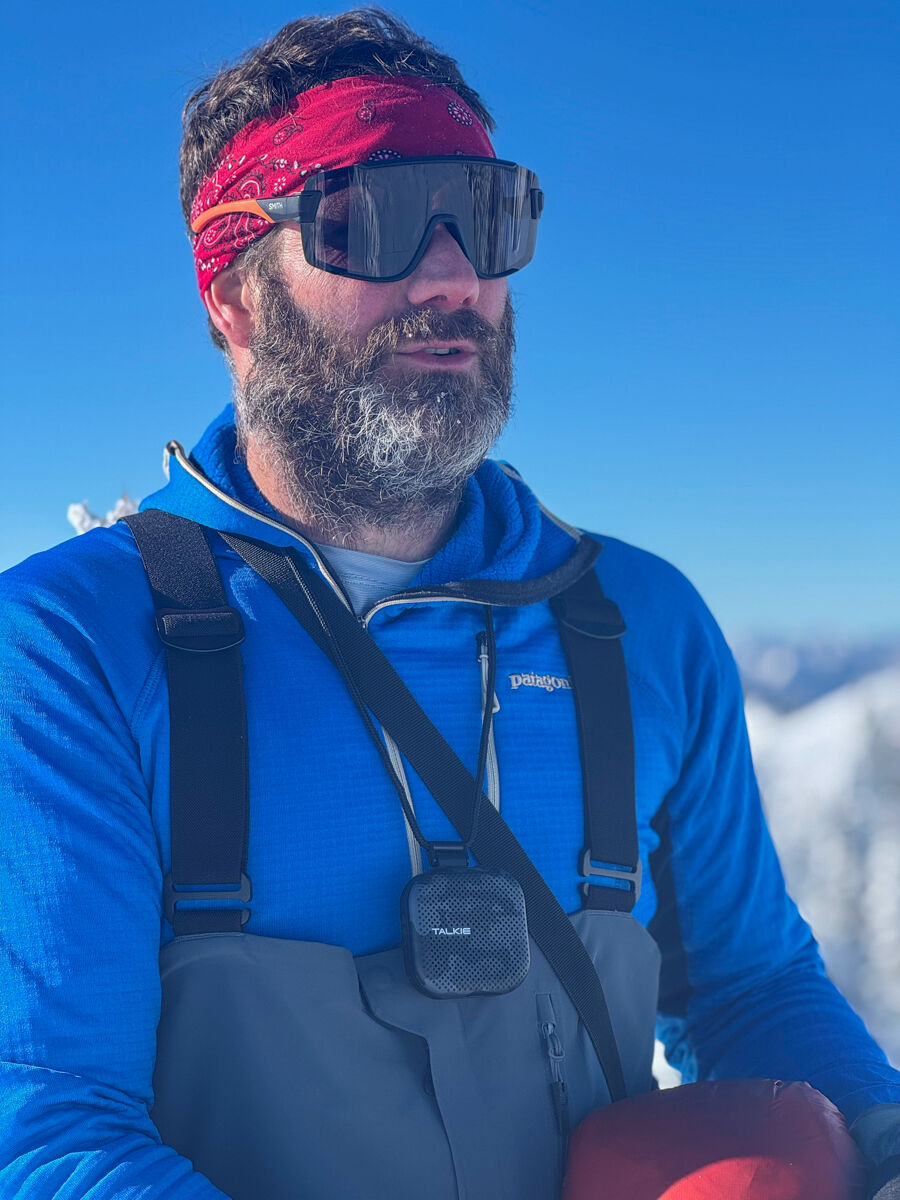
Carrying the Sena TALKIE is convenient because it comes with various mounting and wearable options. Regardless of the activity you’re engaged in, there’s a convenient way to attach it to your handlebars or clip it to your pack. You can choose from urban camo, carbon black, polar white, or sunstone orange faceplates to match your style. Charging is easy via a USB-C charging port, and the controls are simple, with only three buttons that perform various functions.
Sena TALKIE are available in single, dual, or quad unit packs. Based on my experience, I’ll continue using my traditional FRS walkie-talkies in the backcountry because I prefer keeping distractions to a minimum when I’m focused on my run. However, for skiing inbounds with my son or friends, I believe these TALKIE are a compelling piece of technology that enhances group dynamics by allowing for uninterrupted conversations without the need to break stride and push a button to talk. I’m excited to try these Sena TALKIE on the trails this summer. I believe they’ll enhance mountain biking by allowing riders to communicate in real-time about what’s ahead. This contrasts with the usual stop-and-go pattern.
Pros & Cons
Pros:
-
Real-time communication, especially beneficial in certain situations: The always-on “mesh intercom” allows for seamless, continuous conversations without needing to push a button. The author found this particularly useful for skiing inbounds with his son, allowing for real-time scouting and spontaneous decision-making. Also very useful in mountain biking.
Cons:
-
Not well-suited to backcountry skiing: The limited range, echo effect at close range, and transmission of wind noise made it a less effective communication tool than traditional FRS radios for the author’s usual backcountry skiing style. The author also finds the price to be too steep.
Overall Impression
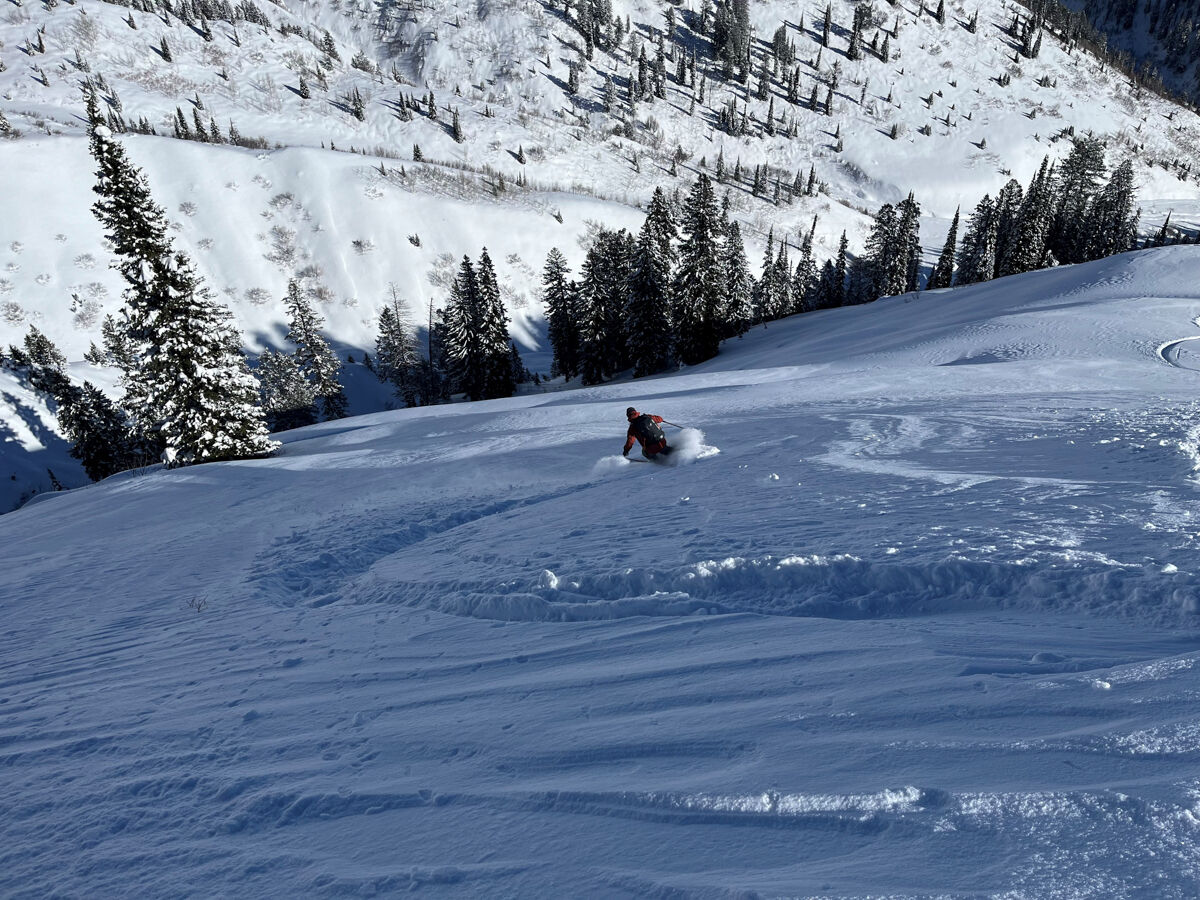
If you’re tech-savvy and enjoy connecting with your ski, activity, or bike partner in real-time (even over short distances), the Sena TALKIE Communicator 4-Pack ($651.00) might be worth considering. However, I find the price of each unit ($195) a bit steep compared to FRS band Walkie Talkies that can be bought in pairs for under $50.



